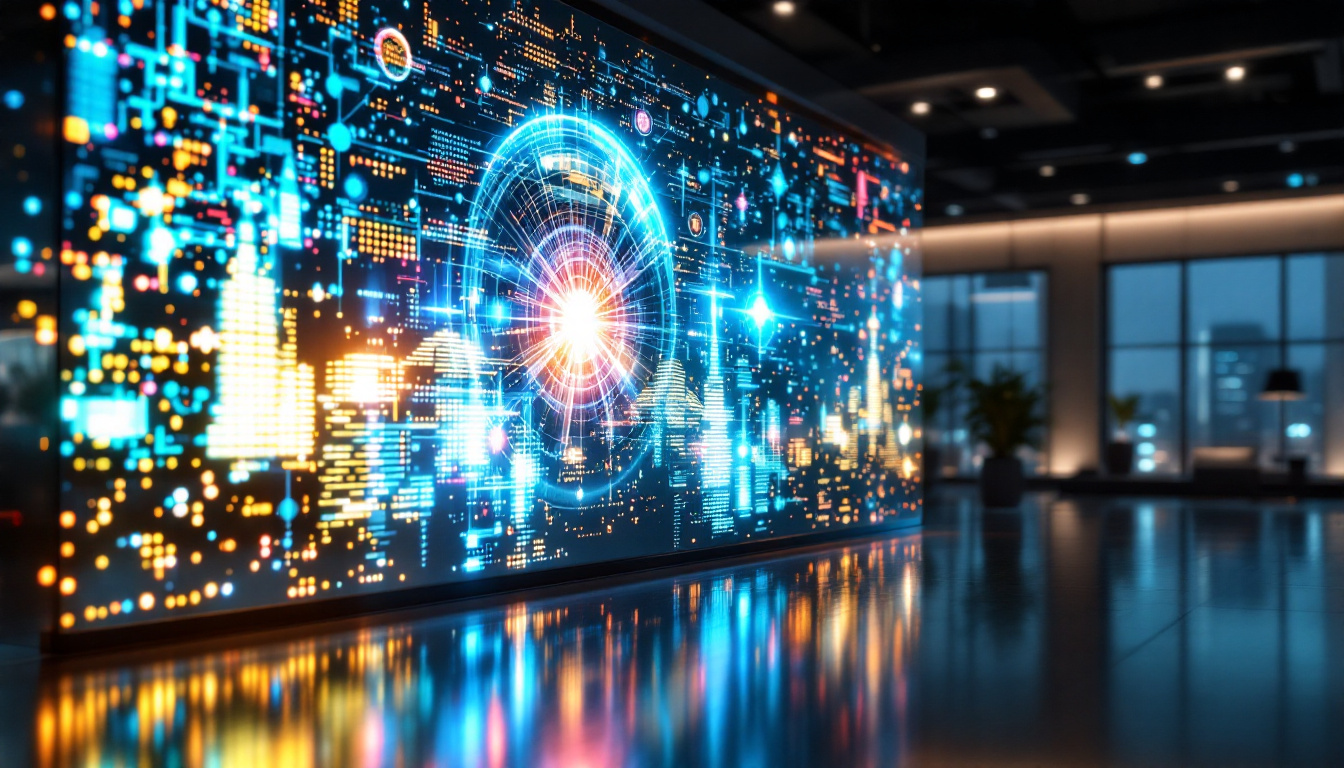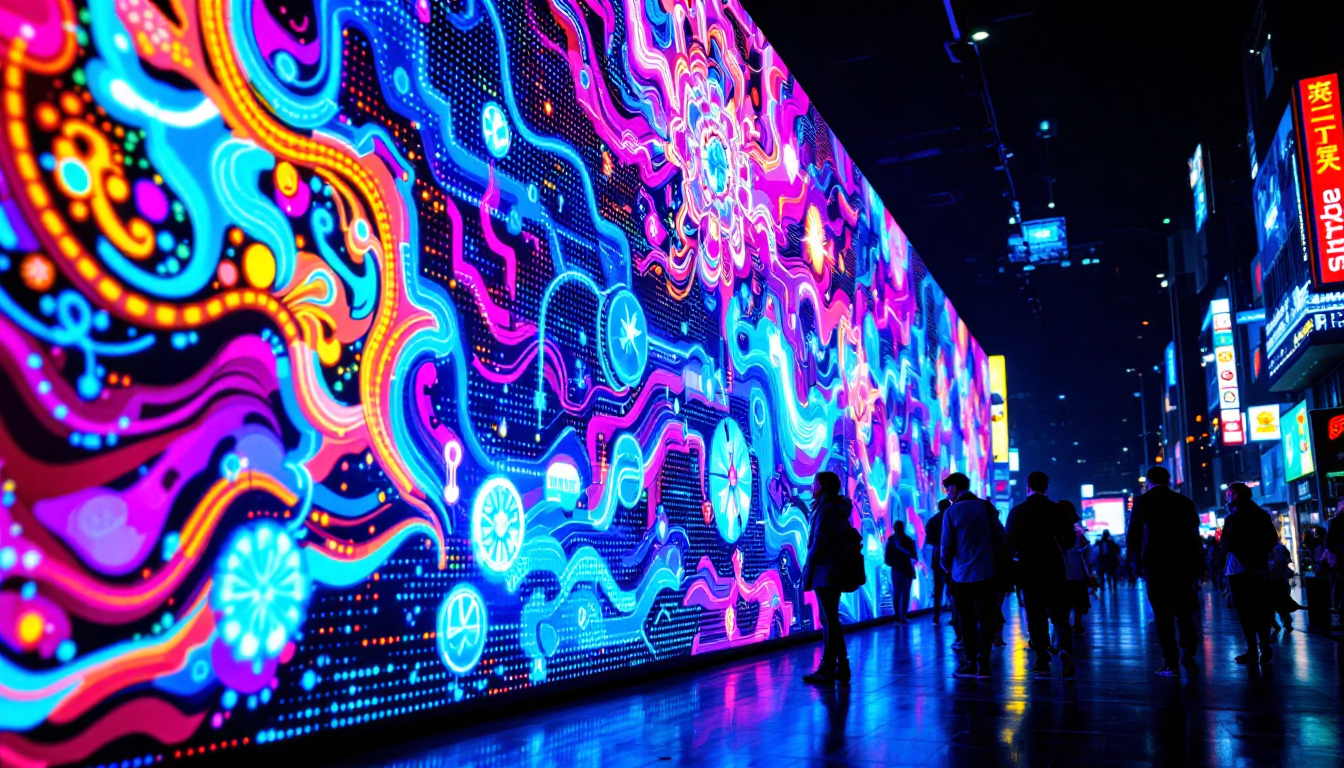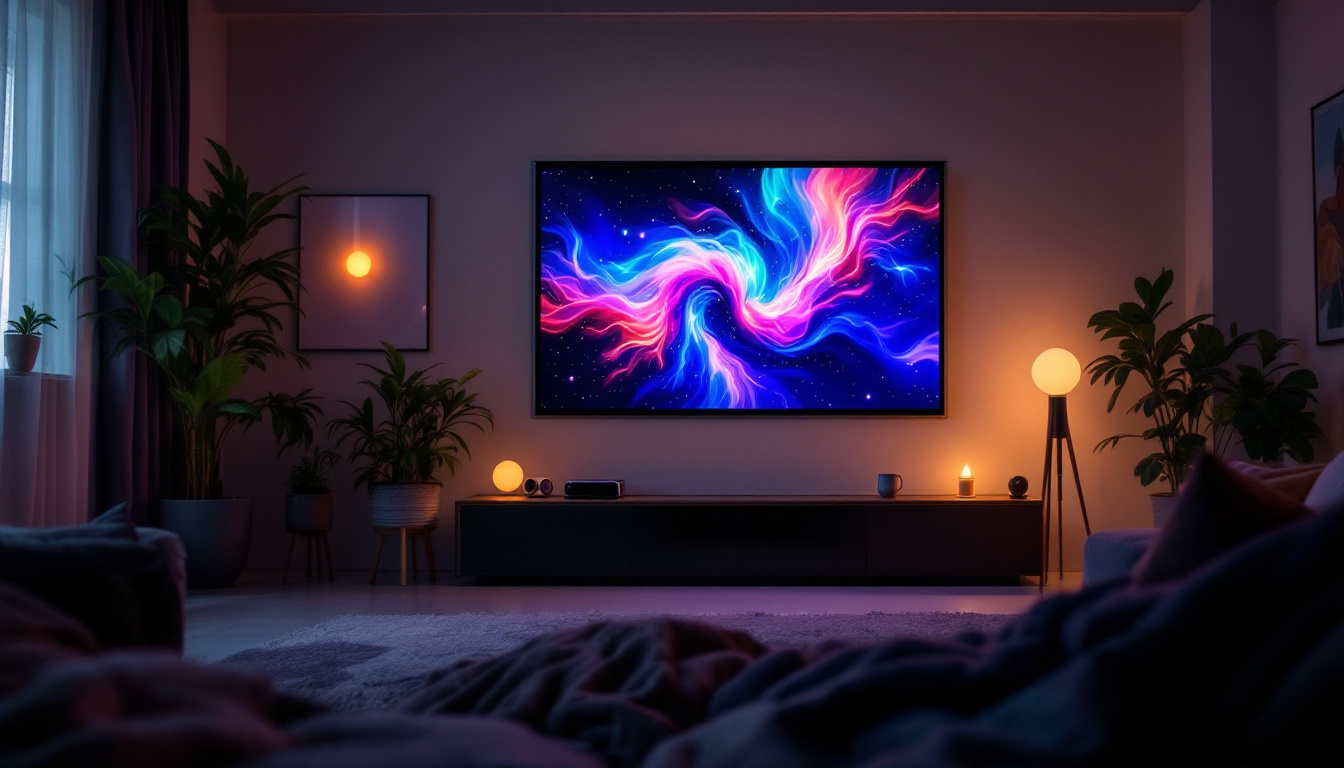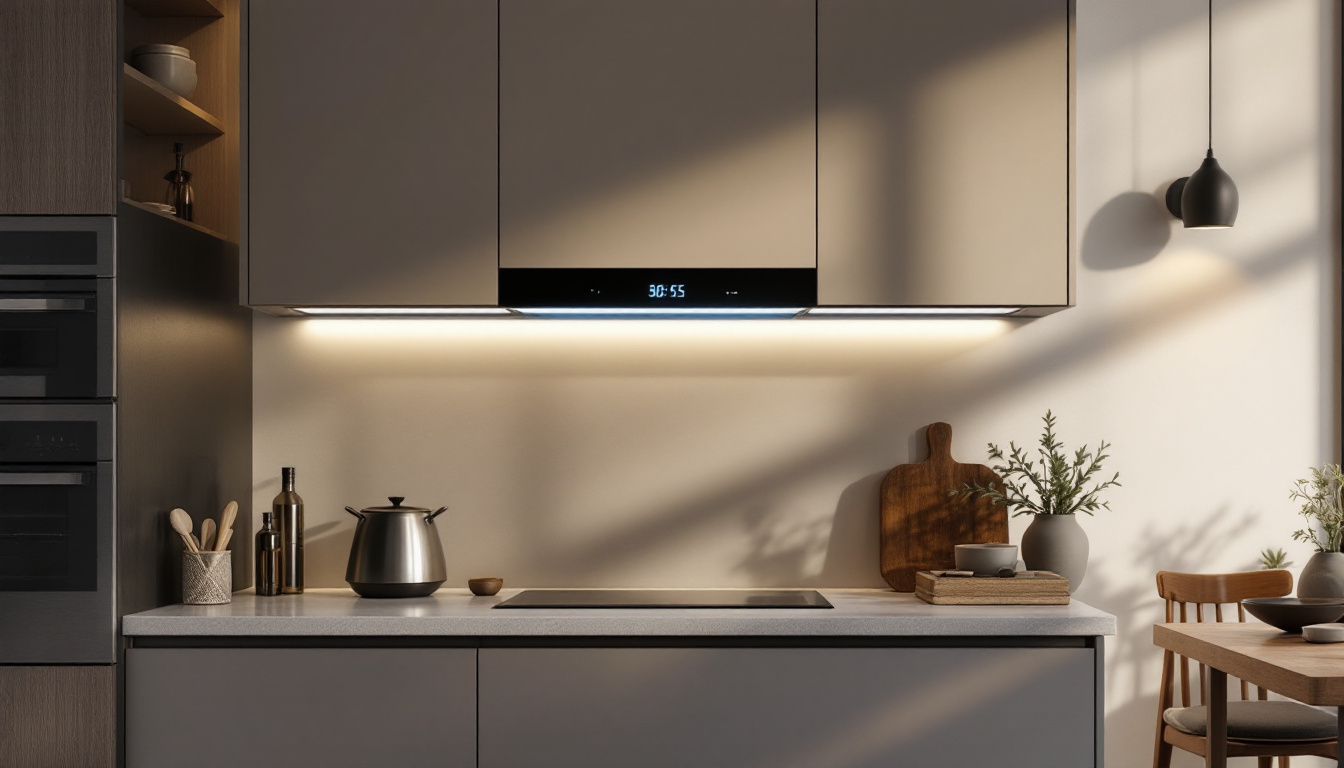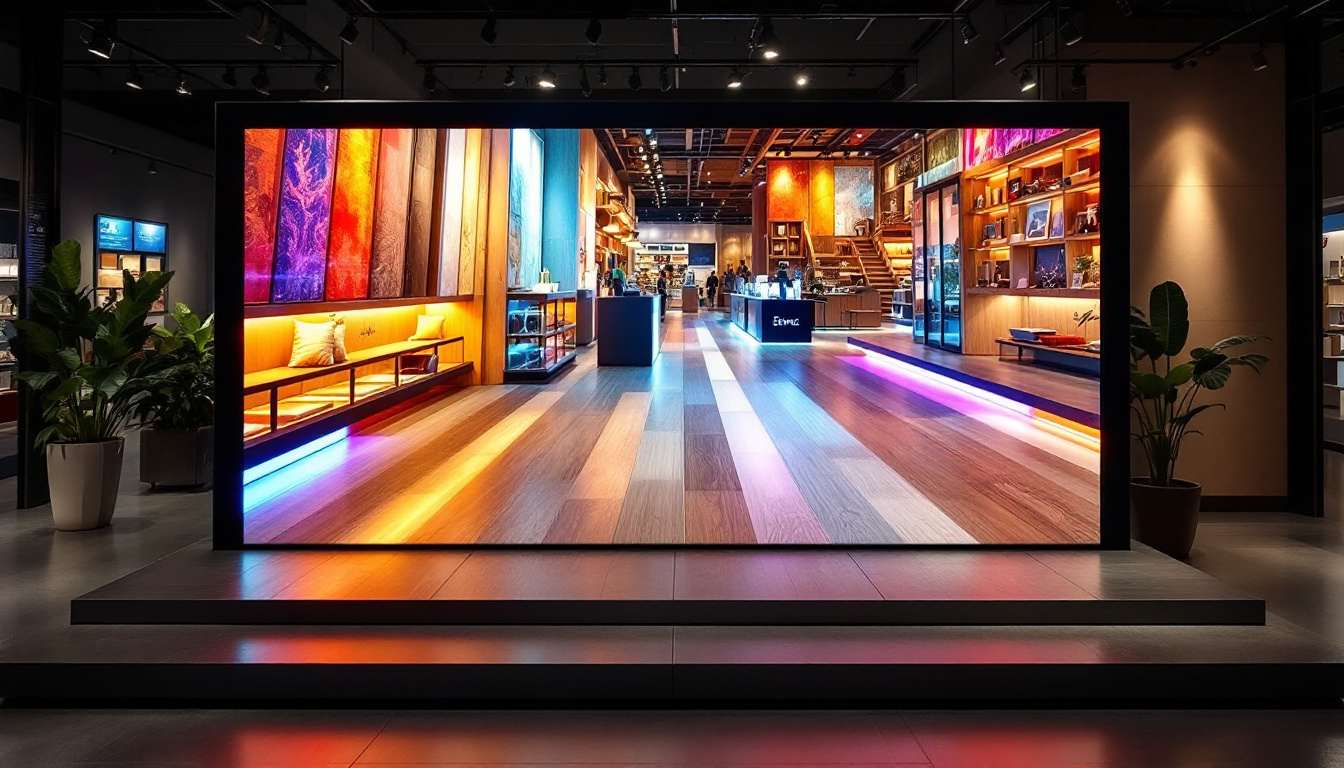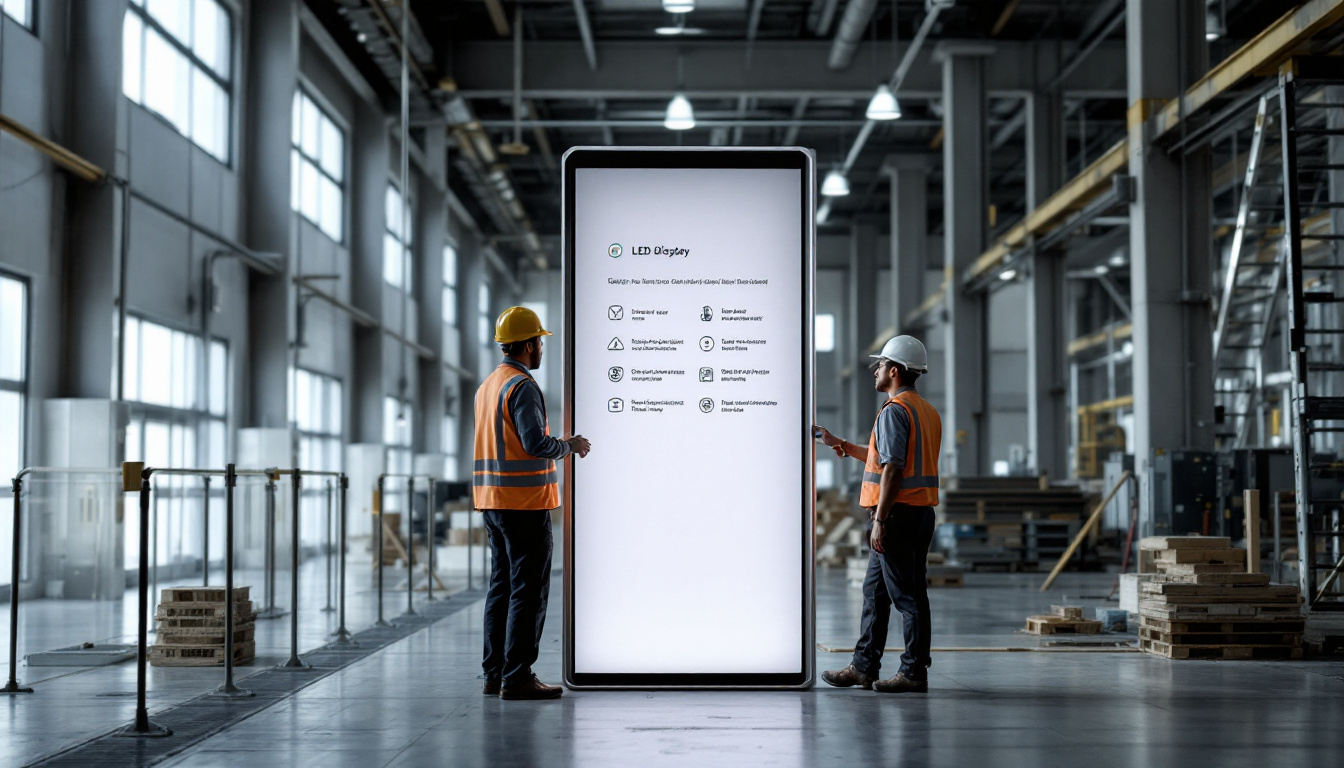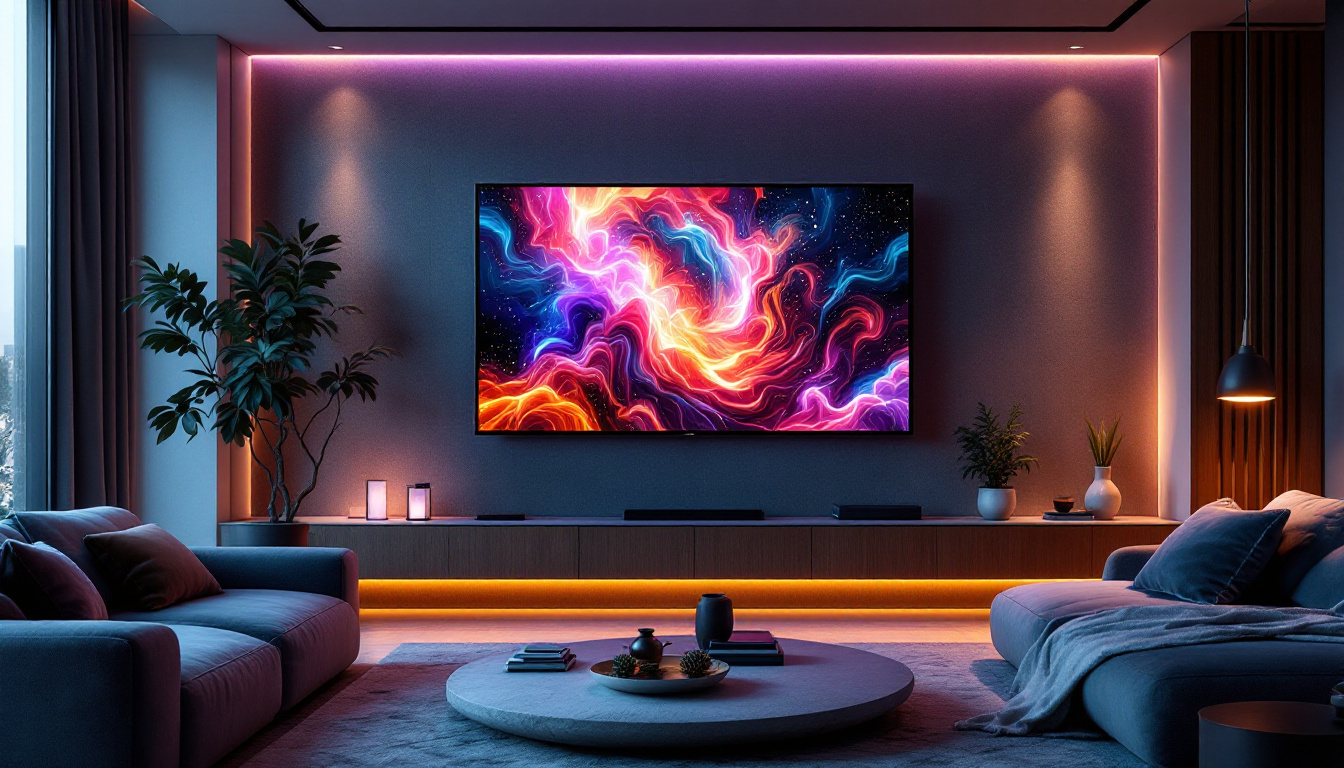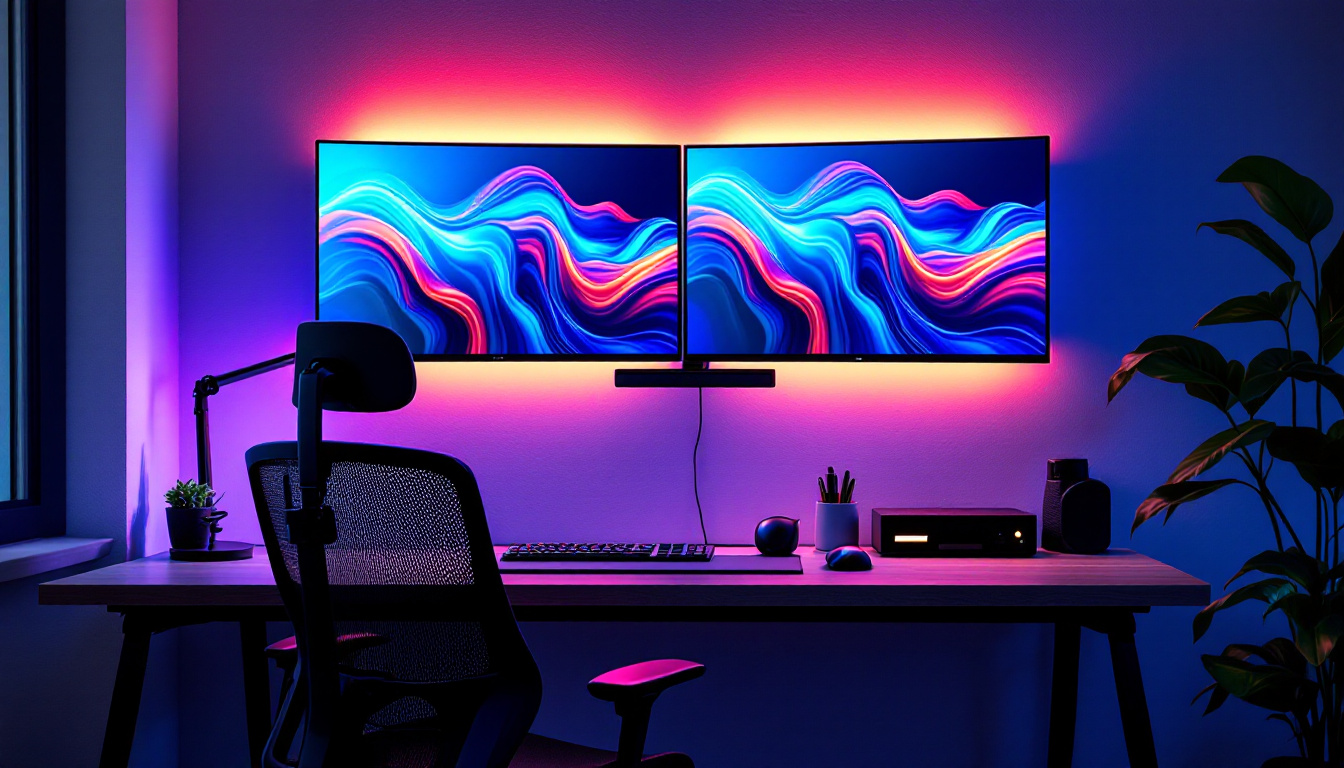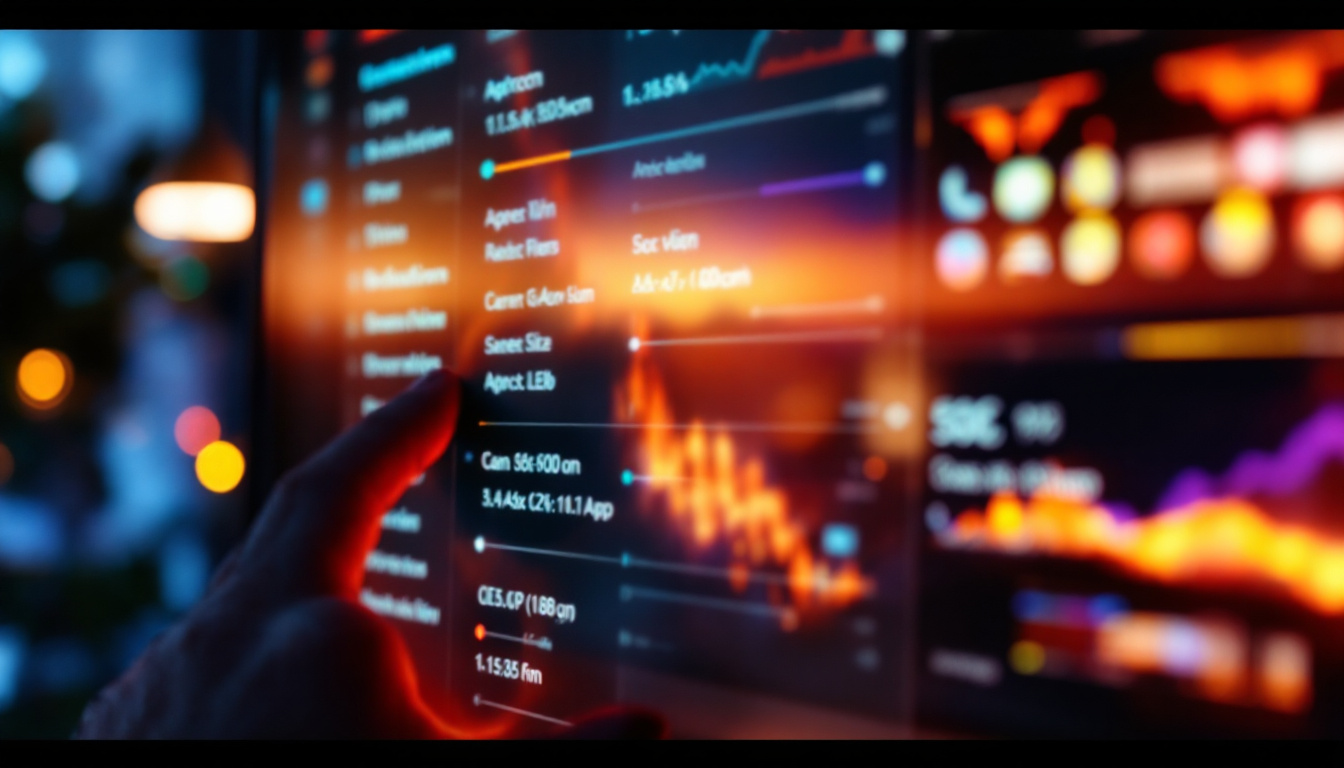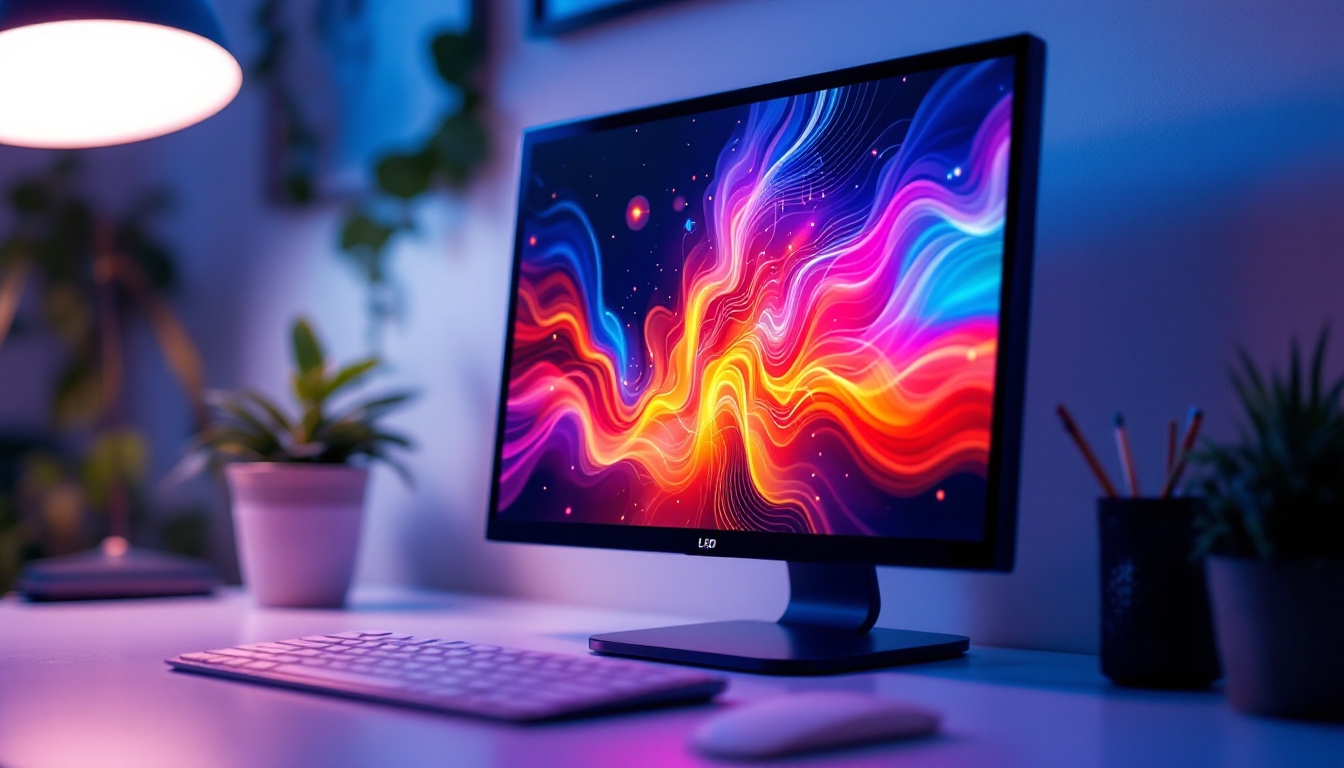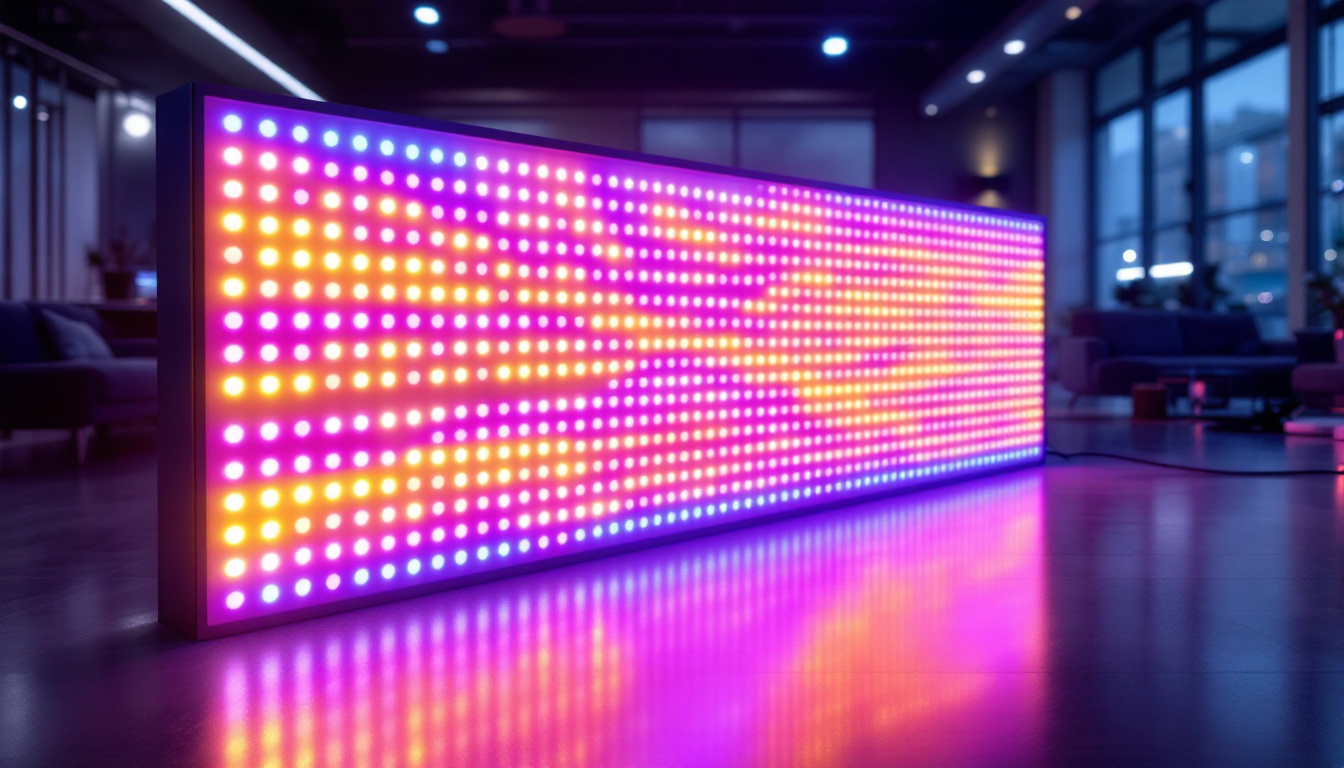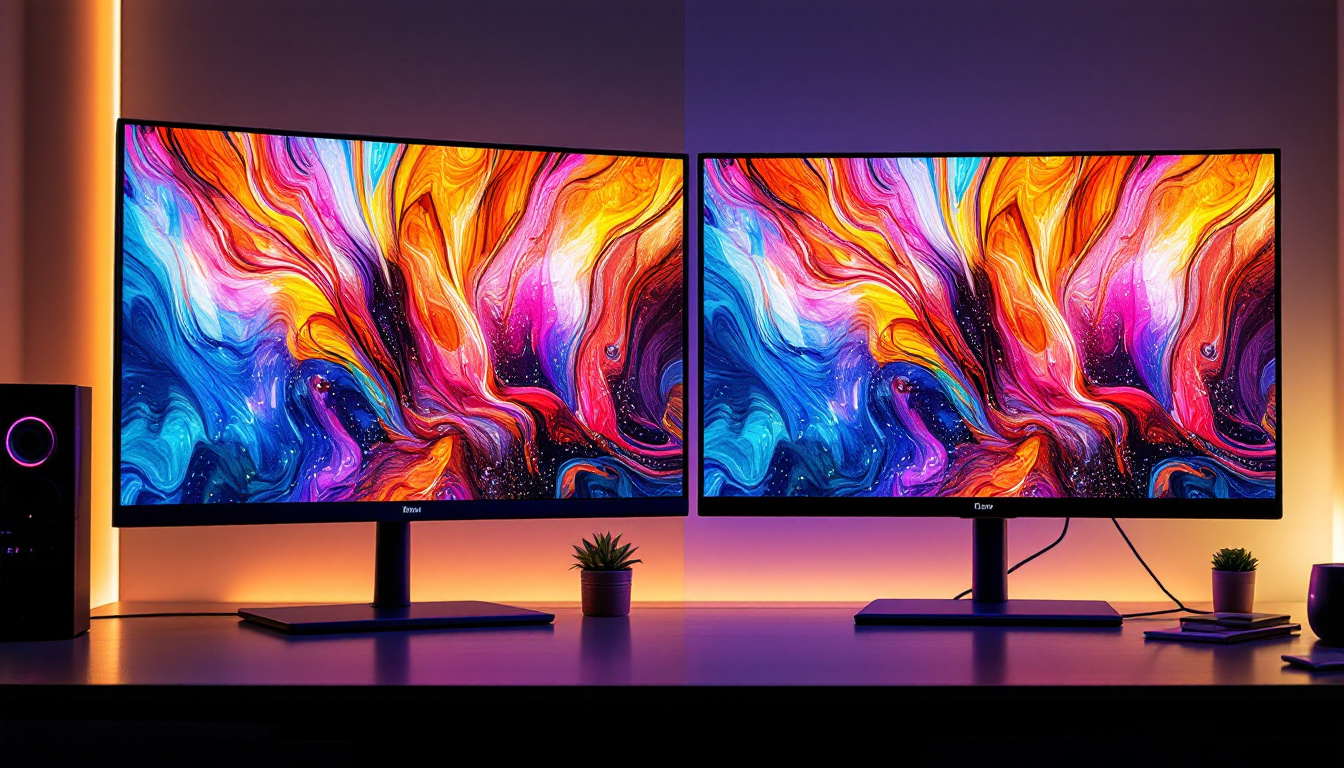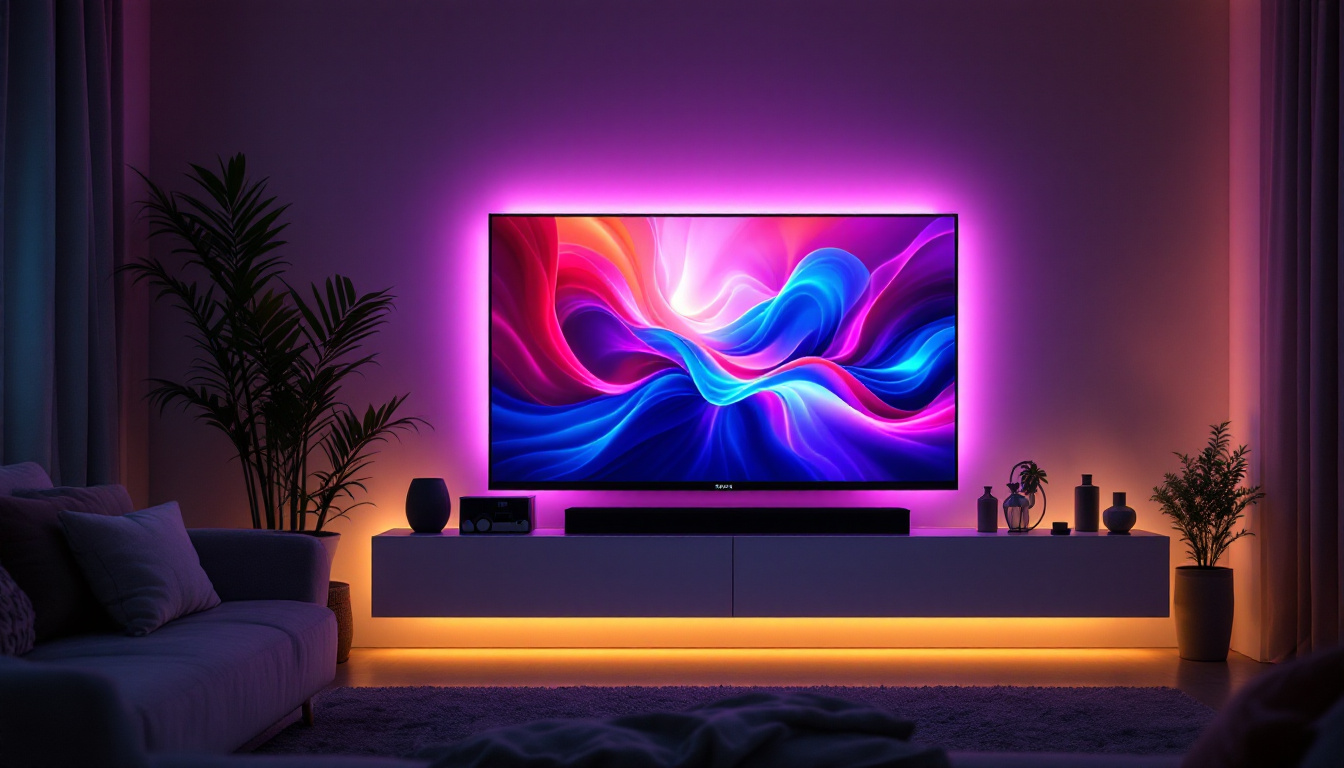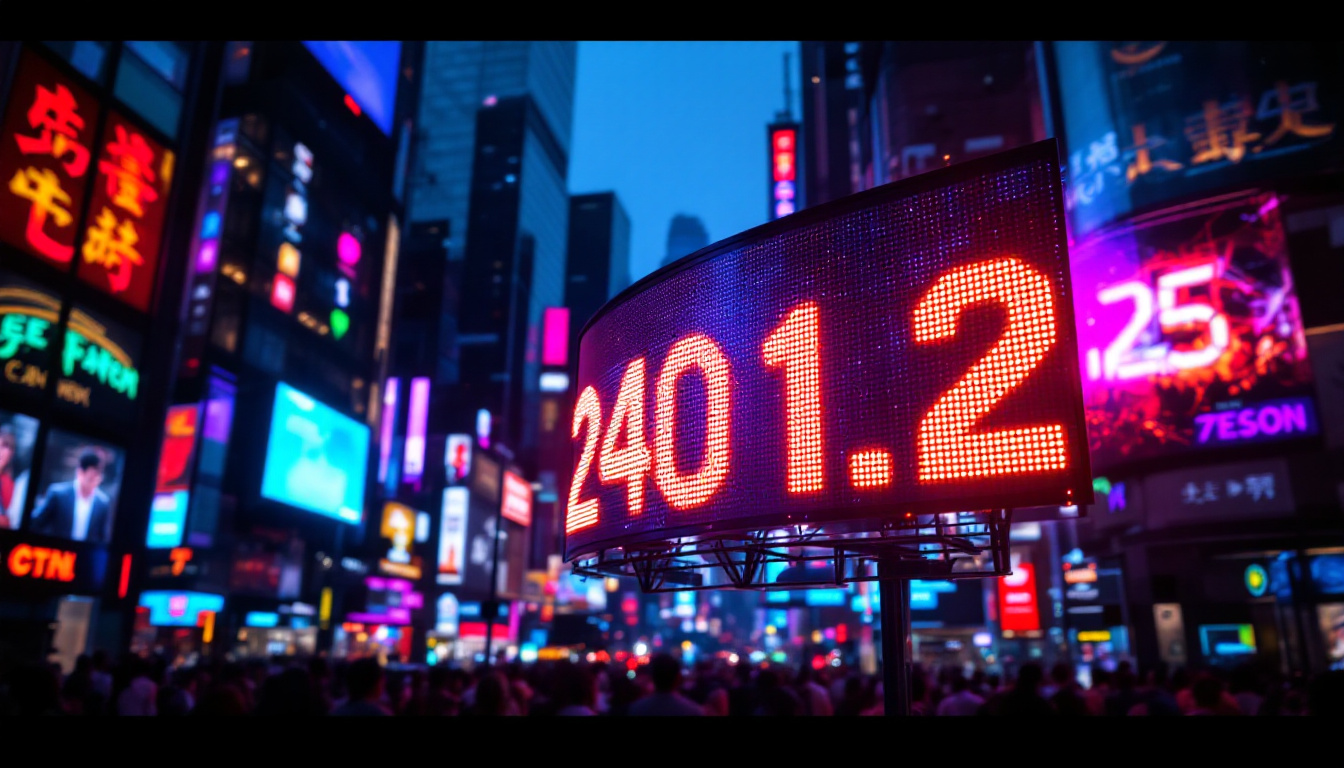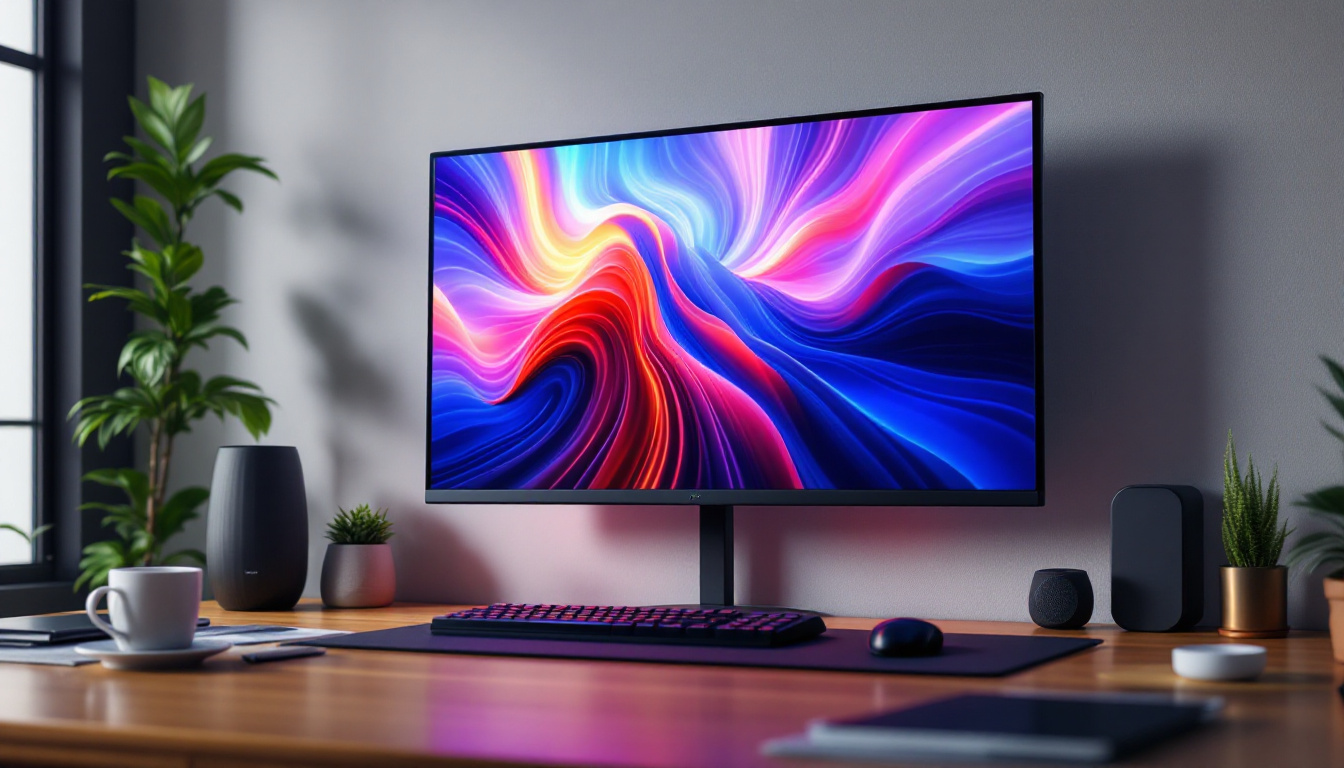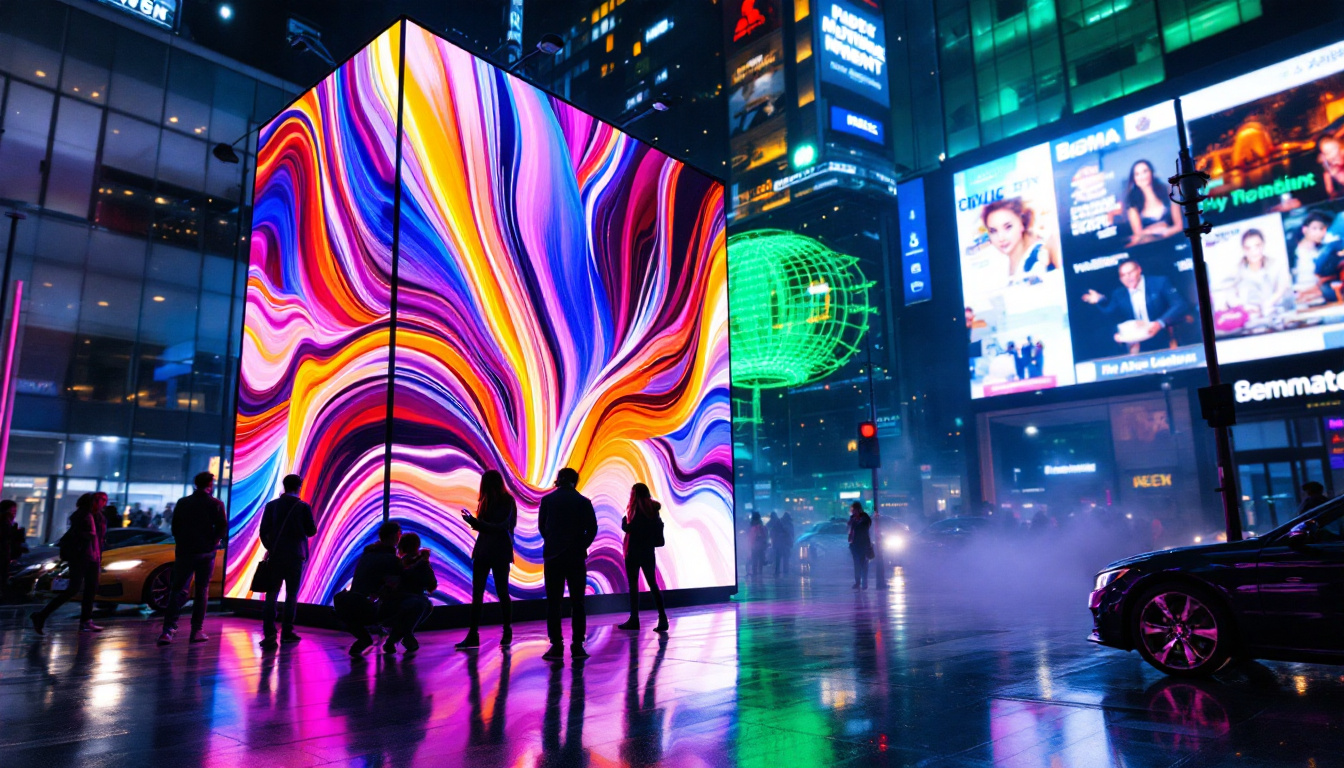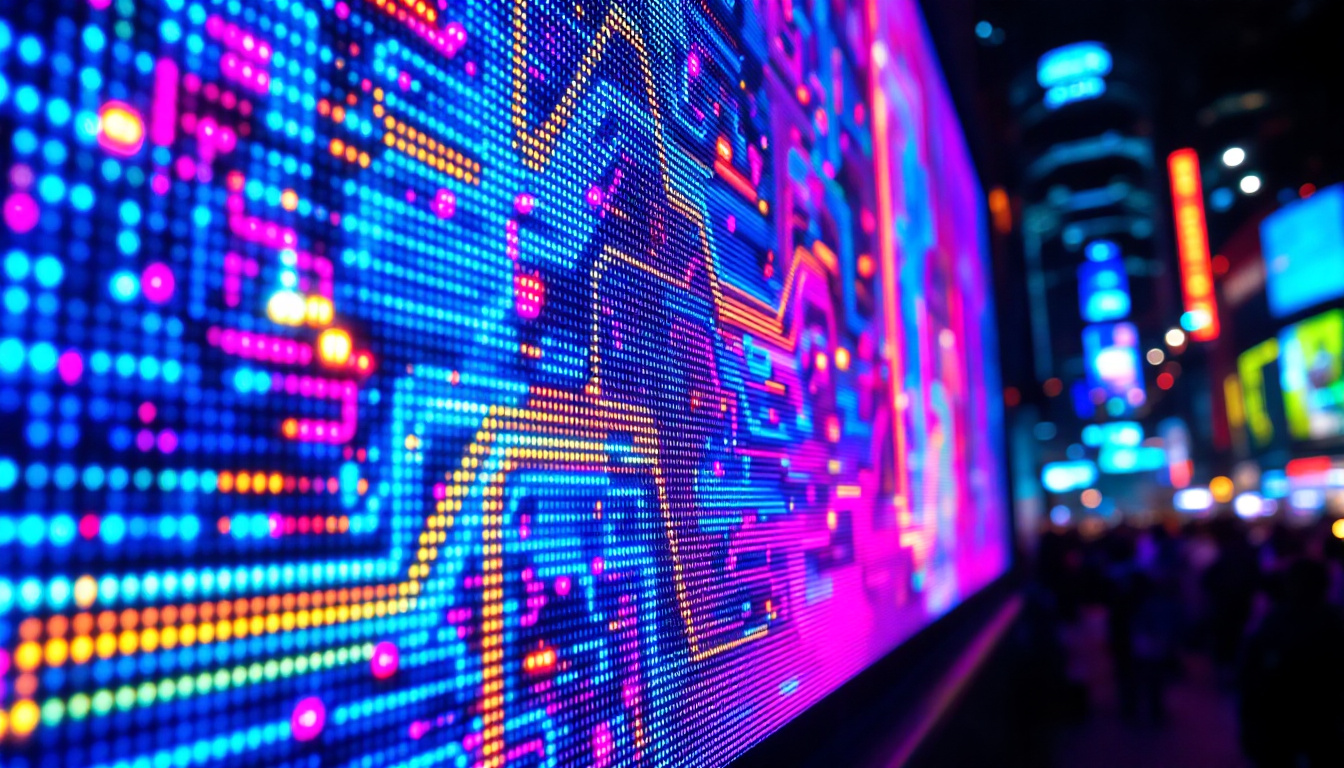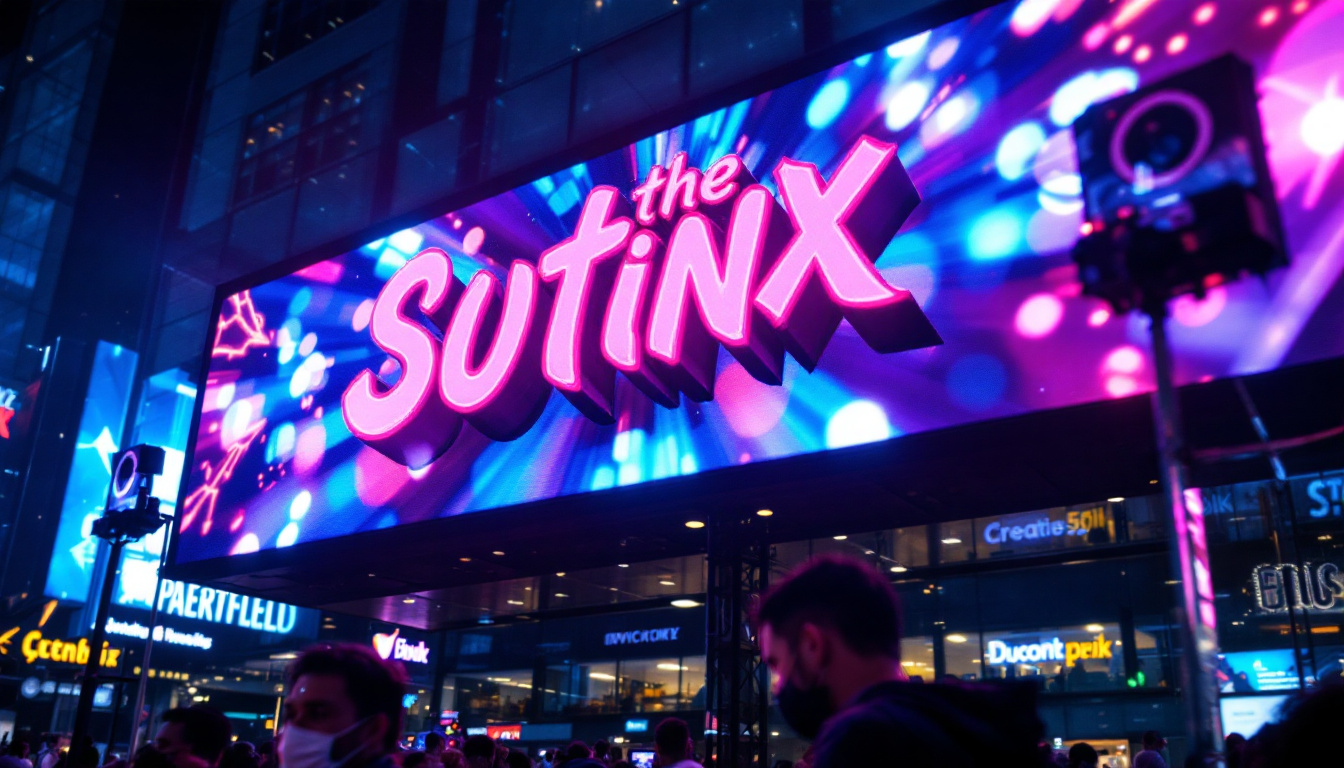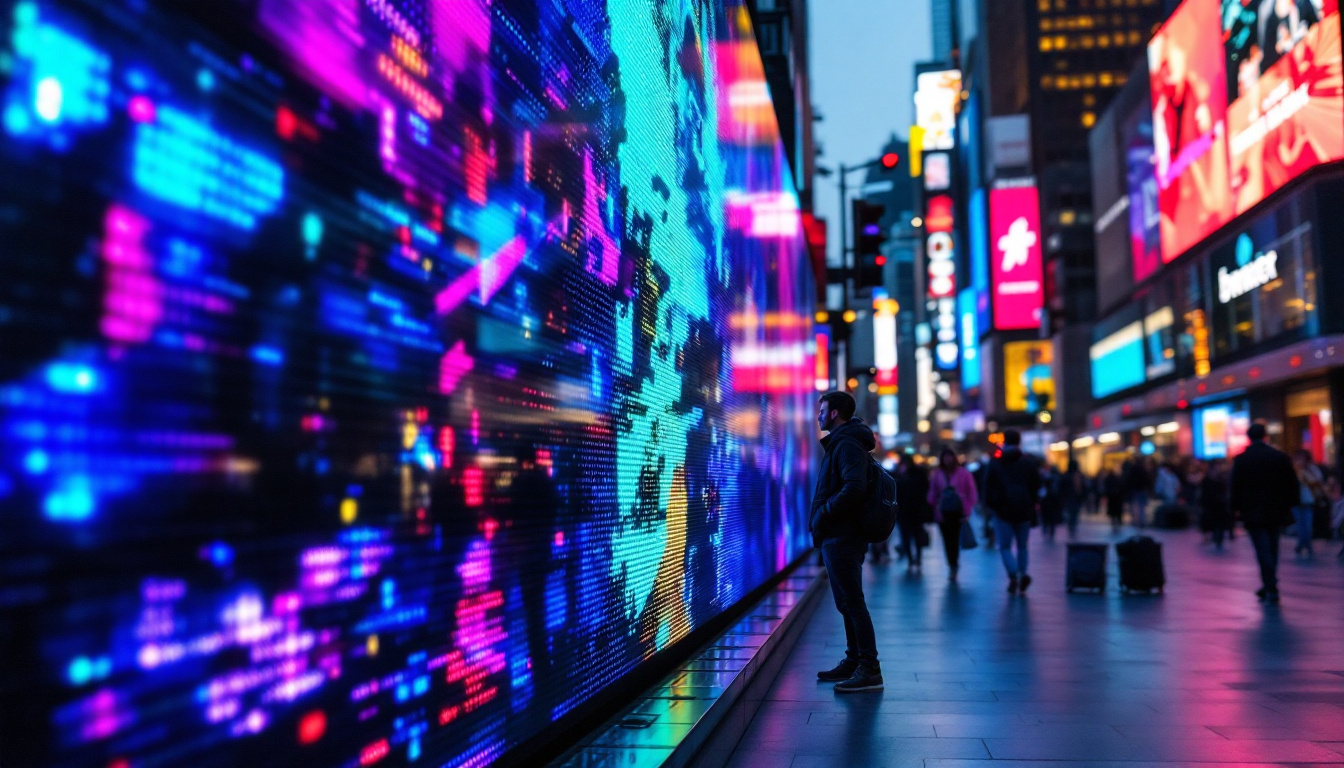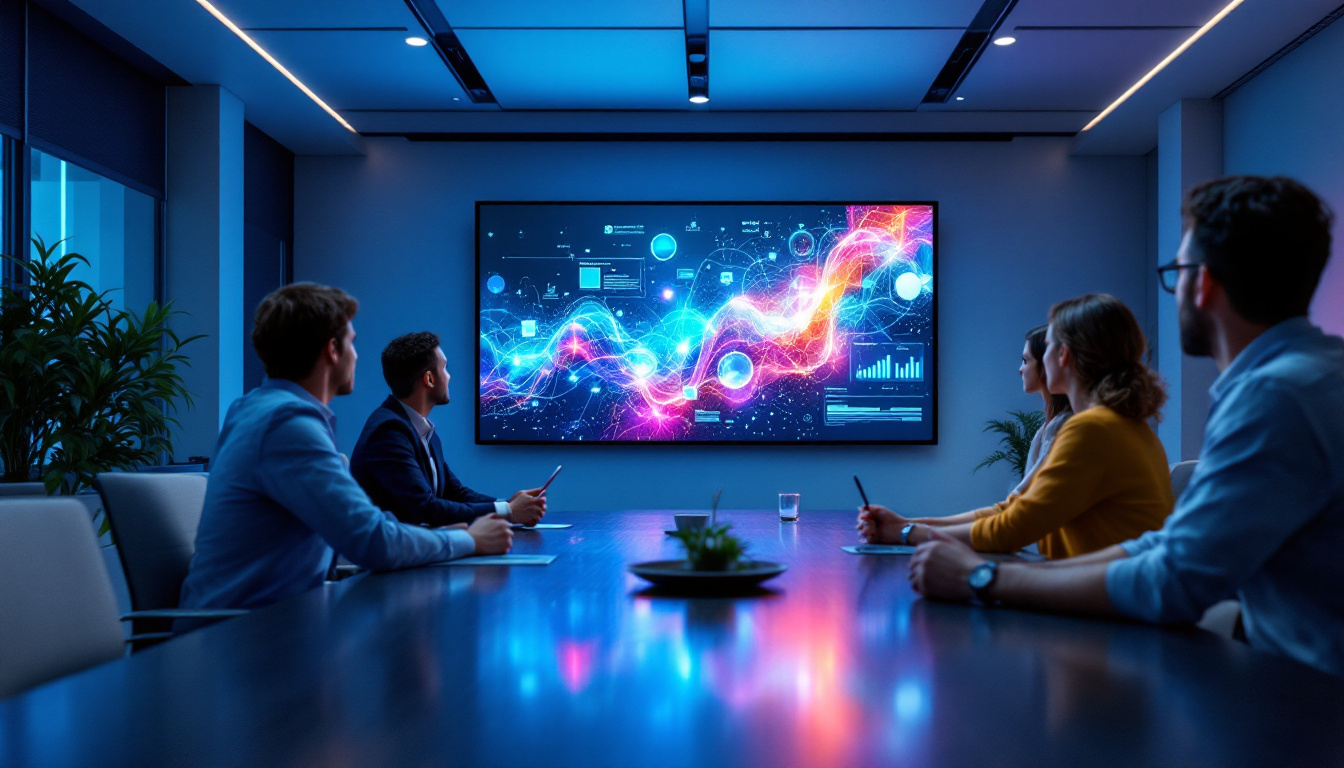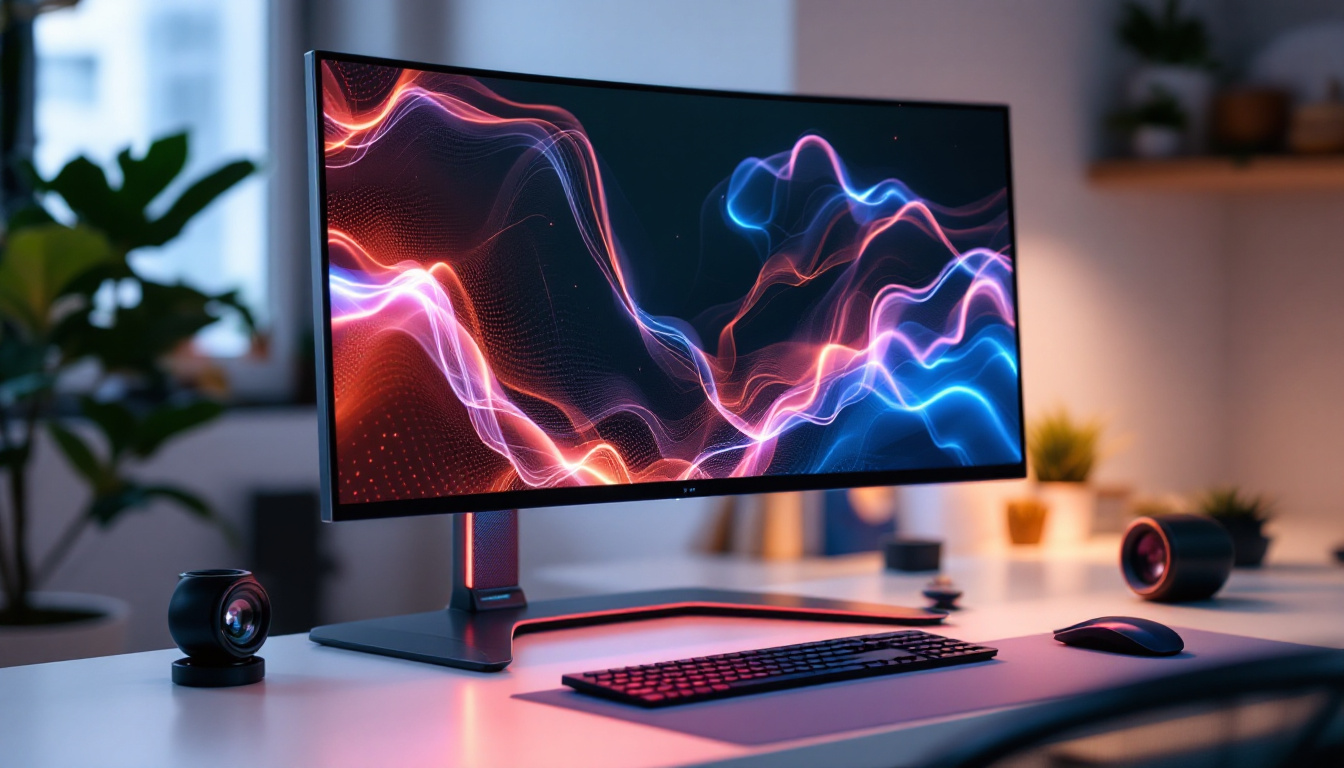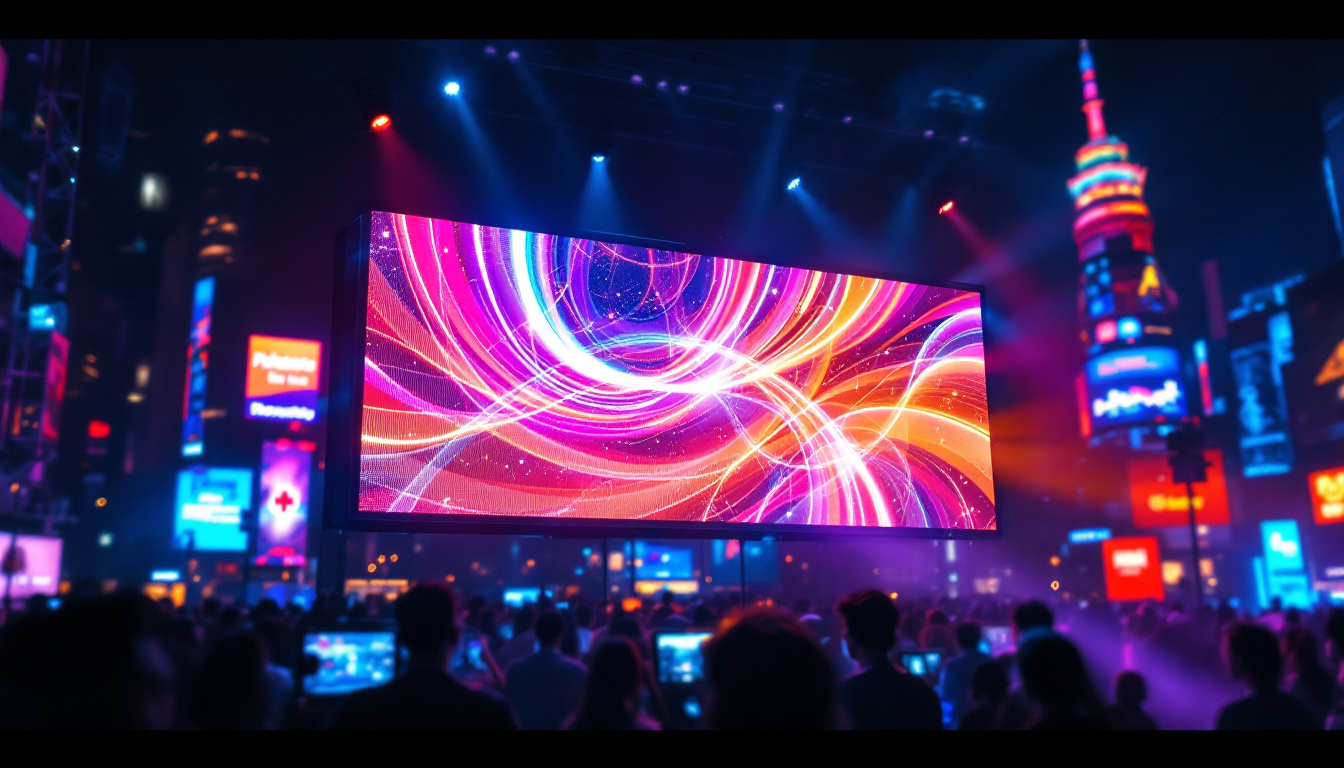In the ever-evolving world of technology, the concept of a translucent computer screen has emerged as an intriguing innovation. This article delves into the mechanics, applications, and future potential of LED displays that offer a see-through experience. By understanding the intricacies of these displays, one can appreciate their role in shaping modern computing and visual communication.
What is a Translucent Computer Screen?
A translucent computer screen is a display technology that allows light to pass through it while still presenting visual information. Unlike traditional opaque screens, these displays enable users to see both the content on the screen and the environment behind it. This unique feature opens up a myriad of possibilities for design, functionality, and user interaction.
Basic Principles of Translucent Displays
At the core of translucent screens lies the use of advanced LED technology. Light Emitting Diodes (LEDs) are employed to create vibrant images while maintaining a level of transparency. The display is designed to balance brightness and clarity, ensuring that the visuals remain sharp even when the background is visible.
translucent displays often utilize a combination of LCD (Liquid Crystal Display) and OLED (Organic Light Emitting Diode) technologies. The LCD layer provides the necessary color and image quality, while the OLED layer enhances brightness and contrast. This synergy allows for a seamless viewing experience where the screen can be both informative and visually engaging. Additionally, innovations in materials science have led to the development of ultra-thin, flexible substrates that can further enhance the transparency and durability of these displays, making them suitable for a variety of applications.
Applications in Various Industries
The potential applications of translucent computer screens are vast and varied. Industries such as retail, design, and education are beginning to adopt this technology for its unique benefits. For instance, in retail environments, translucent displays can serve as eye-catching advertising tools while allowing customers to see products behind the screen. This dual functionality not only attracts attention but also provides a more immersive shopping experience, as consumers can engage with both the digital content and the physical items on display.
In design and architecture, translucent screens can be integrated into presentations, allowing designers to overlay digital models onto real-world environments. This capability enhances the visualization process, enabling clients to better understand proposed designs. Similarly, in educational settings, translucent displays can facilitate interactive learning experiences, merging digital content with physical surroundings. Imagine a classroom where students can manipulate 3D models of historical artifacts or biological structures, viewing them in context with their environment. This interactive approach not only fosters engagement but also enhances retention of information, making learning more effective and enjoyable. Furthermore, the integration of augmented reality (AR) with translucent screens could revolutionize how information is presented, providing real-time data overlays that enrich the learning experience even further.
Advantages of Translucent LED Displays
Translucent LED displays offer several advantages over traditional screens, making them an appealing choice for various applications. Their unique characteristics can enhance user experience and functionality in numerous ways.
Enhanced User Interaction
One of the most significant benefits of translucent screens is the enhanced user interaction they provide. By allowing users to see through the display, these screens create a more immersive experience. This interaction can lead to improved engagement, especially in environments where visual context is crucial.
For example, in a collaborative workspace, translucent displays can be used to share information while still allowing team members to maintain eye contact and engage in discussions. This level of interaction fosters a more dynamic and productive environment. Additionally, the ability to overlay digital content onto physical objects can facilitate better understanding and communication of complex ideas, making it easier for teams to brainstorm and visualize concepts in real-time.
Space Optimization
Translucent displays also contribute to space optimization. In environments where real estate is limited, such as urban retail spaces or small offices, these screens can serve dual purposes. They can act as both a display and a partition, providing visual information without obstructing light or visibility.
This dual functionality not only maximizes the use of space but also enhances the aesthetic appeal of the environment. The sleek design of translucent screens can complement modern architecture, making them a stylish addition to any setting. Furthermore, their adaptability allows businesses to create flexible layouts that can easily be reconfigured for different events or purposes, ensuring that the space remains versatile and functional over time.
Energy Efficiency
Energy efficiency is another crucial advantage of translucent LED displays. Compared to traditional screens, these displays often consume less power, particularly when displaying lighter images. The use of LED technology allows for lower energy consumption without sacrificing brightness or image quality.
This energy efficiency not only reduces operational costs but also aligns with the growing emphasis on sustainability in technology. As businesses and consumers become more environmentally conscious, the demand for energy-efficient solutions continues to rise. Moreover, many translucent LED displays are designed with longevity in mind, reducing the need for frequent replacements and further minimizing waste. This commitment to sustainability can enhance a brand’s reputation, appealing to eco-conscious consumers and stakeholders alike.
Challenges and Limitations
Despite their many advantages, translucent computer screens are not without challenges and limitations. Understanding these issues is essential for potential users and developers alike.
Image Clarity and Quality
One of the primary challenges associated with translucent displays is achieving optimal image clarity and quality. Balancing transparency with brightness can be difficult, as excessive transparency may lead to washed-out images. Manufacturers must carefully calibrate the display to ensure that the visuals remain sharp and vibrant.
Moreover, the viewing angle can also affect image quality. Depending on the design and materials used, some translucent displays may have limited viewing angles, which can hinder usability in certain scenarios. Addressing these challenges requires ongoing research and development in display technology. Innovations such as advanced anti-reflective coatings and enhanced pixel density are being explored to improve the overall viewing experience, ensuring that colors remain true and details are not lost when viewed from different angles.
Cost Considerations
Another limitation of translucent LED displays is the cost associated with their production and implementation. The advanced technology and materials required to create these screens can lead to higher prices compared to traditional displays. This cost factor may deter some businesses from adopting this innovative technology.
However, as manufacturing processes improve and demand increases, it is likely that prices will decrease over time, making translucent displays more accessible to a broader audience. Additionally, the potential for energy savings and increased efficiency in certain applications can offset the initial investment. Businesses that leverage translucent displays in retail environments, for instance, may find that the enhanced customer engagement and unique aesthetic appeal lead to higher sales, ultimately justifying the upfront costs.
Furthermore, the integration of translucent screens into existing systems can also pose challenges. Compatibility with current software and hardware setups is crucial for seamless operation. Developers may need to invest in additional resources to ensure that applications are optimized for these new display types, which can further complicate the transition for businesses looking to upgrade their technology. As the market evolves, collaboration between hardware manufacturers and software developers will be essential to create solutions that maximize the potential of translucent displays while minimizing integration hurdles.
The Future of Translucent Displays
The future of translucent computer screens looks promising, with ongoing advancements in technology and design. As industries continue to explore the potential applications of these displays, several trends are emerging that may shape their development.
Integration with Augmented Reality
One of the most exciting prospects for translucent displays is their integration with augmented reality (AR). By combining AR technology with translucent screens, users could experience a new level of interaction and engagement. For instance, in a retail setting, customers could see digital overlays of product information while simultaneously viewing the physical product.
This integration could revolutionize how consumers interact with products, providing them with a richer understanding of features and benefits. As AR technology continues to advance, the synergy between translucent displays and AR will likely become a focal point for innovation.
Smart Home Integration
Translucent displays are also poised to play a significant role in the smart home ecosystem. As homes become increasingly connected, the ability to incorporate translucent screens into everyday environments will enhance user experiences. Imagine a translucent display embedded in a window, providing information about the weather while still allowing natural light to enter the room.
This level of integration could lead to smarter, more efficient living spaces, where technology seamlessly blends with daily life. As the demand for smart home solutions grows, translucent displays will likely become a key component of this trend.
Advancements in Material Science
Future developments in material science may also contribute to the evolution of translucent displays. Researchers are exploring new materials that could enhance transparency, durability, and image quality. Innovations in nanotechnology and flexible materials could lead to even more versatile and efficient displays.
These advancements could pave the way for new applications and use cases, further expanding the potential of translucent screens in various industries. As technology continues to progress, the possibilities for translucent displays seem limitless.
Conclusion
Translucent computer screens represent a fascinating intersection of technology and design, offering unique advantages that traditional displays cannot match. With their ability to enhance user interaction, optimize space, and improve energy efficiency, these displays are poised to make a significant impact across various industries.
While challenges such as image clarity and cost remain, ongoing advancements in technology and material science are likely to address these issues. As the future unfolds, the integration of translucent displays with augmented reality, smart home solutions, and innovative materials will shape the next generation of visual communication.
In a world where technology continues to blur the lines between the digital and physical realms, translucent computer screens stand at the forefront of this evolution, promising a more interactive and engaging experience for users everywhere.
Discover the Future of Visual Engagement with LumenMatrix
Ready to elevate your visual communication and create immersive experiences that captivate your audience? Explore LumenMatrix’s comprehensive range of LED display solutions, from dynamic Indoor and Outdoor LED Wall Displays to innovative Transparent LED Displays and beyond. Embrace the future with our cutting-edge technology designed to bring your brand’s message to life. Check out LumenMatrix LED Display Solutions today and join the revolution in digital signage and visual storytelling.



